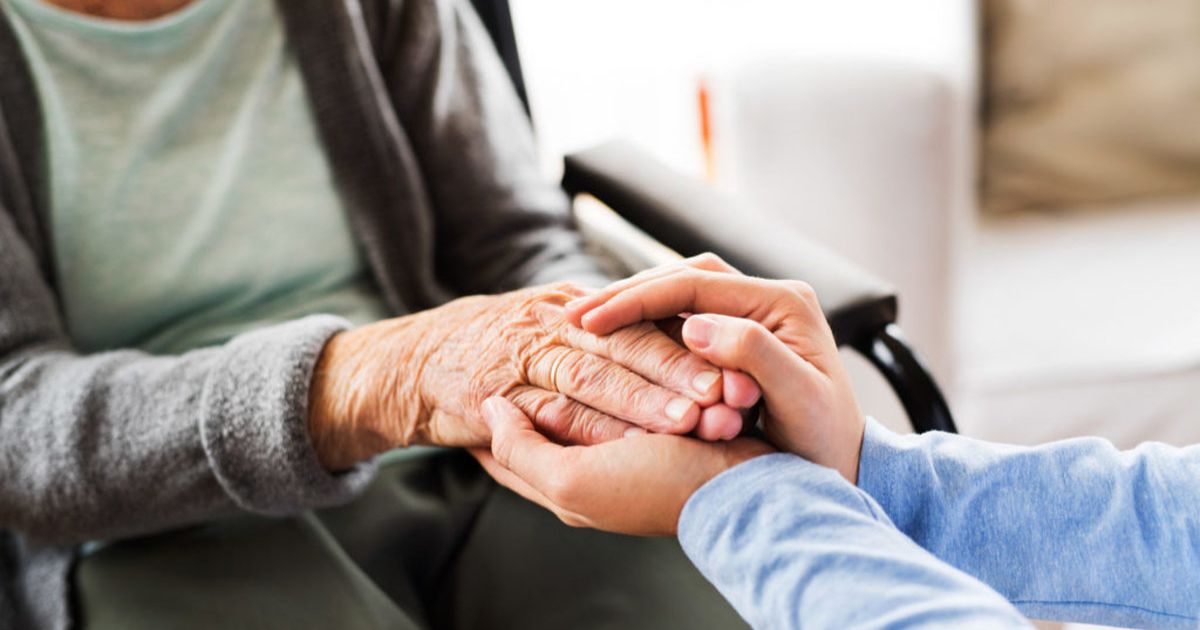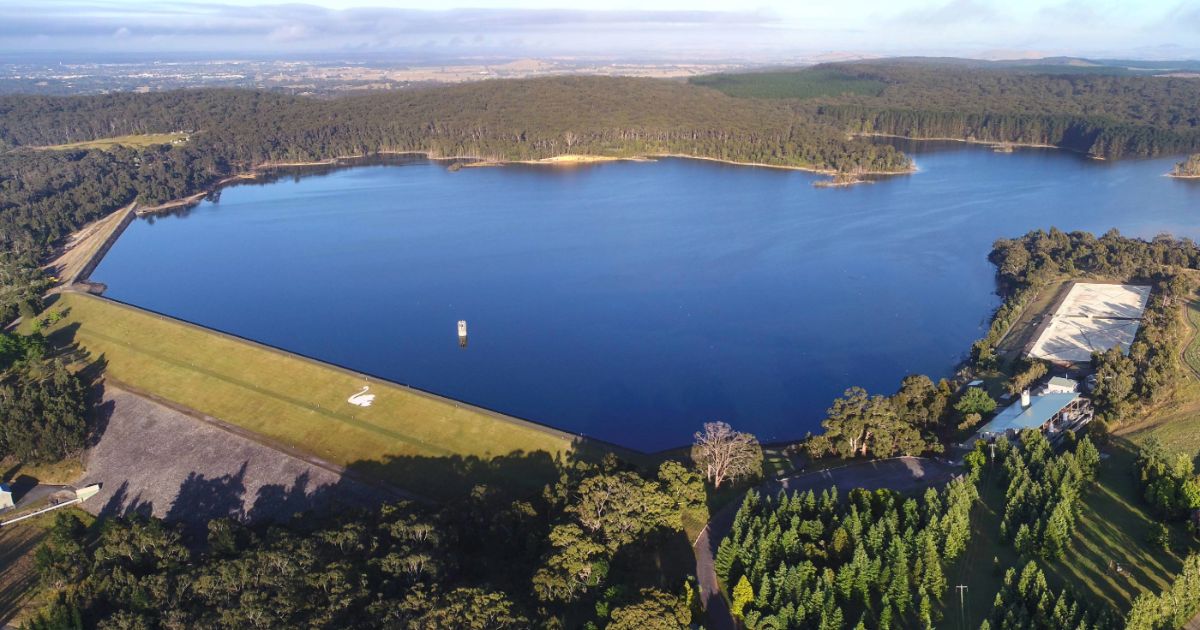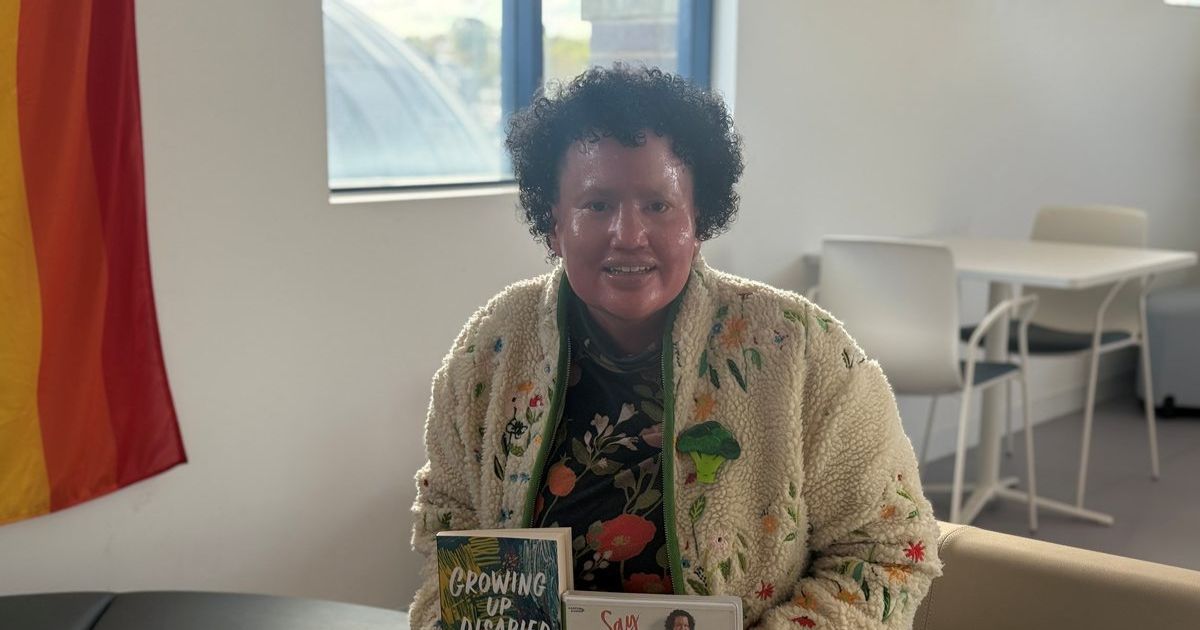From the desk of Roland Rocchiccioli – 29 May

Generational: The Sullivan family - Steven Tandy, Andrew McFarlane, Lorraine Bayly, Paul Cronin, Susan Hannaford and Richard Morgan (kneeling). Photo: SUPPLIED
The late Hector Crawford’s television series of, The Sullivans, screened on Channel 9 from 1976 to 1983.
The Sullivans recounted the story of the Second World War through the eyes of a Melbourne family, their friends, colleagues and acquaintances. Cleverly told in ‘real time’, with each week’s episodes reflecting a week of the war. It ran for 1114 episodes; it was produced at the rate of four episodes a week for nearly seven years – longer than the war!
Maggie Dence, who played Rose Sullivan, commented they were all immensely proud of the show but utterly exhausted by the pace of production.
Bert Newton introduced the first episode. Forty-six years on, it remains one of Australia’s most successful television shows.
The straightforward story of war-time Australian family life captured the public imagination. Few missed the episode when Grace Sullivan was killed in a London air raid. She had travelled to England to bring their son, John – played by Andrew McFarlane, home after being injured in the Balkans conflict.
However, it was not only the actors who became popular with the fans.
Both the mixed shop, which was run by the Kaufmann’s, played by Leon Lissek and Marcella Burgoyne as Hans and Lotte, with Ingrid Mason as their daughter, Anna; and the Sullivan’s house, became tourist attractions.
The shop building is located at number 35 Matlock Street, Canterbury, an affluent, middle-class, Melbourne suburb. The Camberwell council has placed a preservation order on the building and its future is secure. It was originally a shop, and operated as such until the 1970s. The interiors seen on television were studio sets constructed in Crawford’s workshops.
The building had fallen into a state of disrepair when it was taken over by financial consultant and planner, Ken Loyall, of Loyall and Associates. His company spent one-year renovating both inside, and out, and have occupied the premises for seven years. The exterior remains as it was, painted in the traditional cream and green of the period. The interior has been altered but retains important period features. The Sullivan’s shop is not forgotten, and passing visitors slow down, while others call-in, asking permission to take photographs.
The fate of the Sullivan’s house is a sadder tale. The rambling Edwardian house, located in Milton Street, Canterbury, has been demolished and replaced by a modern two-story, architect-designed dwelling. The original house was similar to many in the area, and, sadly, did not qualify for a protection order. Crawford’s bought the property and renovated it for the show. Lorraine Bayly, who played Grace Sullivan, remembered, “It was a delightful house. We shot scenes in the garden, and on the front and back steps. The house was fully functional and used for wardrobe, make-up, and to keep us warm during cold, filming days.”
At the height of its television popularity the street was regularly visited by hundreds of inquisitive fans. So realistic was the series, there were some who actually believed the Sullivans lived in the house. The interiors seen on television were sets, designed and constructed in the Crawford studios. At the end of the series the house was sold at auction.
“I was sad to think it was going. I remember someone telephoned and asked if I would like to buy it. Unfortunately, I couldn’t afford to,” Bayly said.
The garden where Kitty and her three brothers laughed and played has gone. Only the white, picket fence remains to remind us of the joys and sorrows, and the tears and laughter, we shared with The Sullivans.
Roland can be heard with Brett Macdonald Monday at 10.45am on 3BA and contacted via [email protected].


















